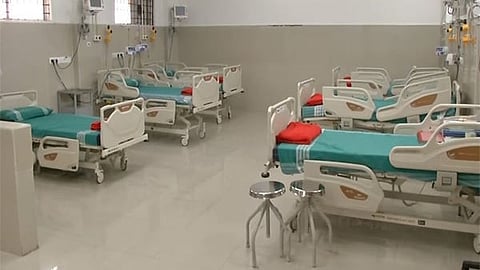

According to the National Medical Commission's (NMC) updated undergraduate (UG) seat matrix for 2025-26, there are 1,18,190 MBBS seats available across 780 medical institutions (both government and private) in India.
These include All India Institutes of Medical Sciences (AIIMS), Jawaharlal Institute of Postgraduate Medical Education and Research (JIPMER), and both state and private colleges.
Due to this, almost 12 lakh qualifying candidates will be denied an MBBS seat unless they choose to study overseas or pursue alternative medical or allied health careers, India Today reports.
According to the NMC's UG seat matrix 2024-25, the following five states have the most MBBS seats in the country:
Tamil Nadu has 11,725 seats.
Uttar Pradesh has 11,225 seats.
Karnataka has 11,045 seats.
Maharashtra has 10,595 seats.
Telangana has 8,540 seats.
Together, these five states account for more than 53,000 seats or roughly 45 per cent of the national total.
Some states and union territories continue to struggle with medical facilities, providing very few MBBS seats to local applicants.
Arunachal Pradesh has 50 seats.
Meghalaya has 50 seats.
Andaman and Nicobar Islands have 114 seats.
Dadra & Nagar Haveli has 177 seats.
Sikkim has 150 seats.
In some of these states, the number of government medical seats is exceedingly low; therefore, students frequently rely on private universities within the state or travel to other states for more affordable options.
Between 2014 and 2023, the number of medical seats in India grew from 51,000 to 1.07 lakh. The number now stands at 1,18,190 seats across 780 colleges in 2024-25.
This involves expanding AIIMS institutions through the Pradhan Mantri Swasthya Suraksha Yojana (PMSSY) and establishing both public and private medical colleges in areas that are currently under-served.
Still, seat availability varies, with some jurisdictions lacking even a single government medical institution.
With nearly 13 lakh qualified students and only 1.18 lakh MBBS seats, the data speaks for itself. Despite a boom in medical education infrastructure, demand greatly outstrips supply.
